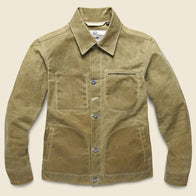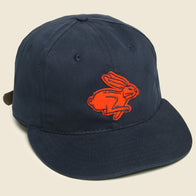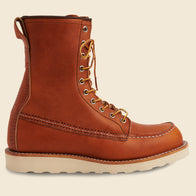The Jeep Wagoneer

To say America is a land of contrasts would be accurate, but also something of an understatement. From the cosmopolitan capitals of the East, to the bucolic farms of the South and Midwest, to the wild reaches of what was, and in many ways still is, our Western frontier, this country is a land of polar opposites. Which helps explain why some of our most beloved American icons are those that transcend our regional differences and offer a little something for everyone—the beloved symbols that appeal to us all. And when it comes to utility vehicles, few garner the admiration of the Jeep Wagoneer. An SUV before there were SUVs, it was ahead of its time and transcendent from the start.

First launched in 1963, the Wagoneer was by its very nature a study in contrasts. Boasting four-wheel-drive, and founded on the architecture of a pickup truck, it was designed for heavy-duty work. The addition of an optional 250 hp V8 engine just two years later only cemented its status as a true utility vehicle. Yet despite its brawny reputation, it was as much a luxury vehicle as anything else. Thanks to its leather interior, plush carpeting, and full array of power-operated features—everything from the seats and doors to windows and tailgate could be adjusted at the push of a button—it achieved an appeal that spanned both the functional and the recreational. By the 1980s, its angular silhouette and faux-wood paneling had become a regular sight across the country, be it at a ranch in Texas, a fishing cabin in the U.P., or an upscale beach town on the South Fork of Long Island.
The Jeep Wagoneer enjoyed one of the longest production runs in automotive history, being offered continuously, with only minimal mechanical changes, for nearly thirty years. The line was finally discontinued in 1991, ending the Wagoneer’s reign as the nation’s original utility vehicle, but paving the way for a whole new crop of American SUVs. Although it was retired, the Jeep Wagoneer has secured a place in our collective imagination. It was the first of its kind—a timeless classic—and even today, there is a robust market for vintage, low-mileage models from this era. A new generation of enthusiasts has come to appreciate the vehicle’s seamless incorporation of form and function, just as the very first cohort of Wagoneer drivers did over fifty years ago.




If you’re interested in a vintage Wagoneer, click here to see what’s available.




